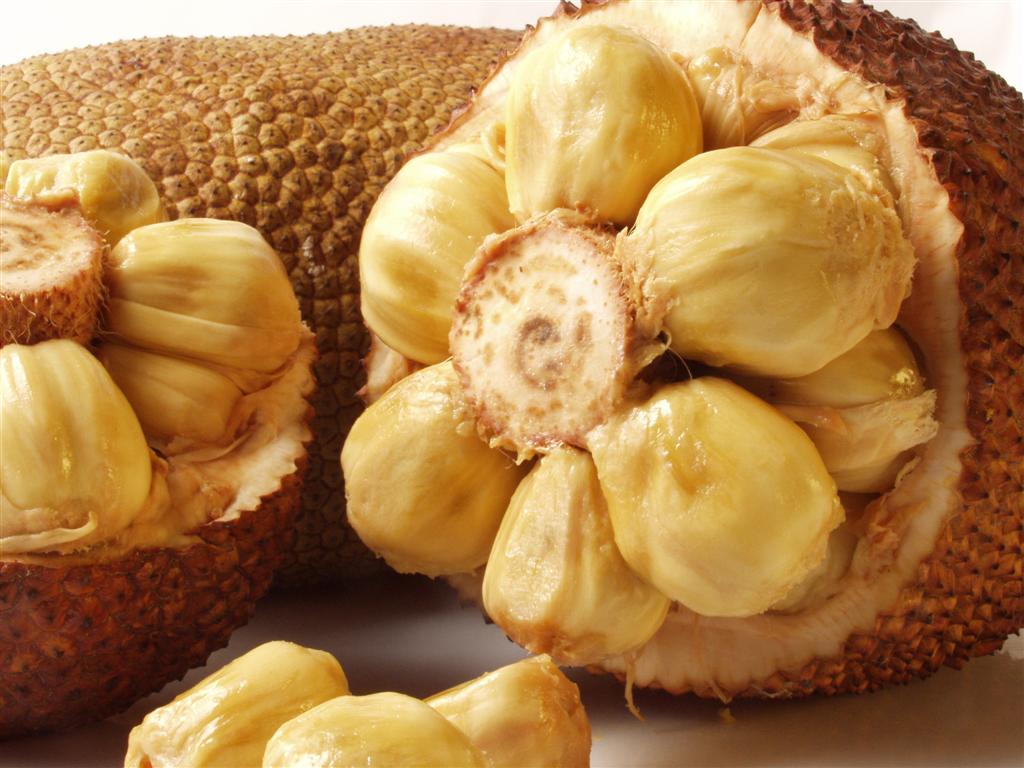The equatorial rainforests are living treasure troves for various plant species. In these fascinating regions you can find the oldest fruits in the world, some of which can be dated back to the Cretaceous period (145–66 million years ago!). In these categories belong fruits like the cempedak, the durian or the jackfruit.
A journey of taste into the green primeval times
These fruits are fascinating because of their tastes. They taste wild and earthy. The cells of our body seem to remember their origins. When we enjoy them, we are suddenly immersed in the magic of the jungle. However, there is one thing to be said: they don’t taste to all of us right away. It seems as if the plant and man need some time to get to know each other and to get used to each other. But once the body has adjusted, many connoisseurs experience a unique experience. It is sometimes perceived as a moment of perfection, like a communication with the forest. Then the old desire to protect nature takes on a completely different dimension. The forests become the source of an authentic and deep pleasure. We connect with the true nature, a living and timeless nature.
Fruits as powerful as the nature that produced them
The cempedak (pronounced “chem-pe-da”) is native to the rainforests of Southeast Asia, on the densely wooded islands of Indonesia and Malaysia. Monsoons characterize the seasons. For millions of years, the rainy seasons have provided a unique flora.
The durian, sometimes regarded as the “king of fruits”, also comes from this region, but is now cultivated throughout Southeast Asia and is very popular there. For example in Thailand, where forests rich in species border the cities and villages.
The jackfruit is closely related to the cempedak (both come from the genus of artocarpus trees and shrubs). However, it is resident in India. From there it found favour all over the world and optimal conditions for thriving in the tropics worldwide.





